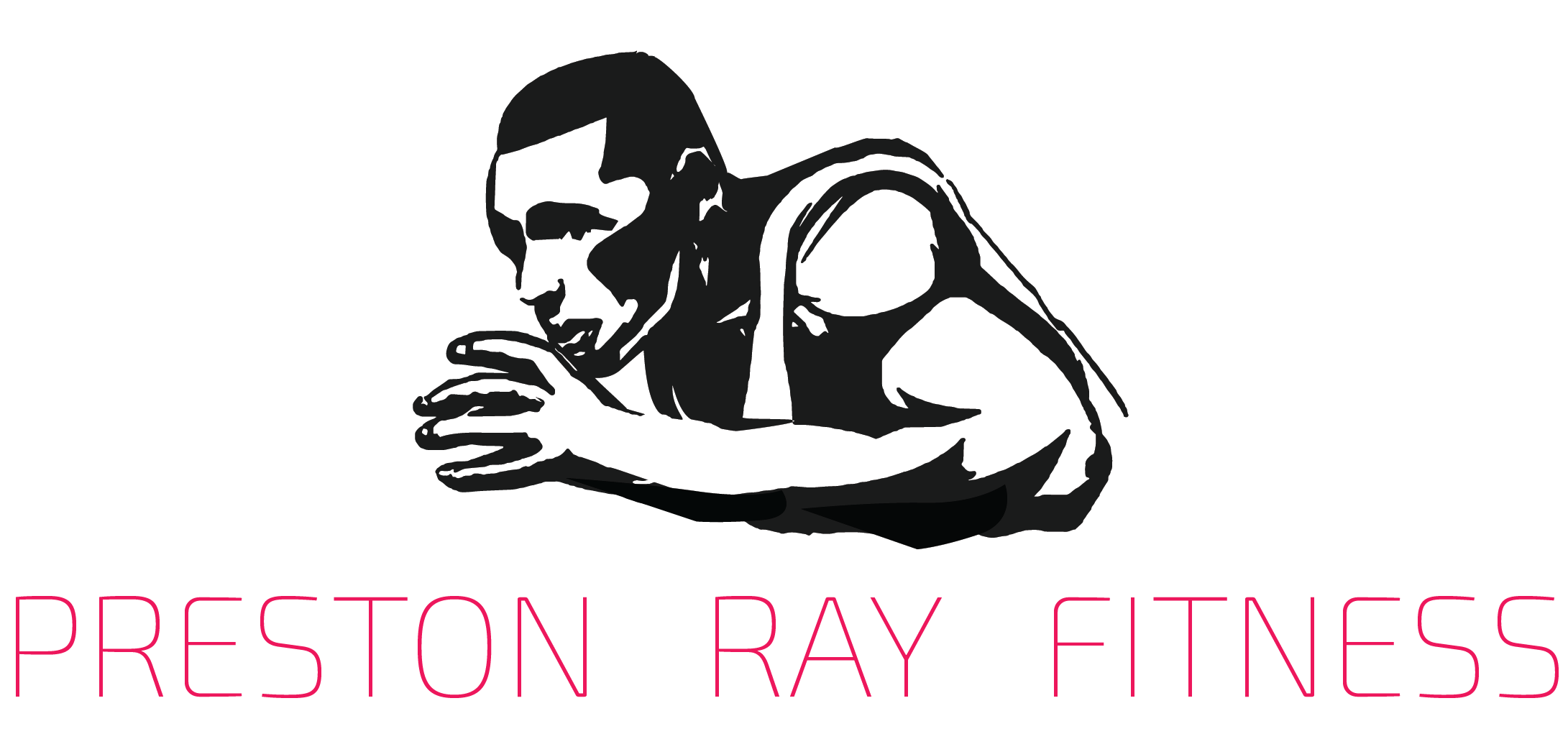Can You Go? Seems like a straightforward question, right? Well, that is why I am such a fan of this book and its author, Dan John. He is honest, straight to the point and easy to comprehend. Can You Go? is the third book I have read by John and his “kiss” (keep it simple silly) approach to health and wellness should be modeled by all trainers, in my opinion.
In this book you are going to learn how to qualify goals and quantify assessments. That’s it. The goal of John’s work is to enable you to identify who’s in front of you by finding out what they know and what they came to see you for, i.e., goals, and to be able to test where this person is currently, i.e., assessments. Only after you have done these steps well will you be able to design an effective program. And as a personal trainer, sometimes we are so excited to get started with a new client that we don’t take assessing seriously enough. According to John, you’re making a terrible mistake because “the first line of defense against injury is assessment.” Whoa, I never thought about assessments this way, but this statement could not be more true.
As far as physical assessments are concerned, John again keeps it simple with 1-leg balance, farmers walk, plank, standing long jump and John’s own creation, get backups. Each exercise requires a different skill set that is a must for a fit body. All of these tests can be self-administered and performed with little to no equipment. The assessments can also be used at a later date to monitor whether or not the program you have designed is effective or needs some tweaks.
Dan doesn’t just give tips on physical assessments, he also gives advice on biological ones as well. Height, weight, and height-to-waist ratio are all important fitness factors. Height relates to levers and levers determine how you load the body. Weight allows you to assess how strong a person is because to be considered strong you must be at 100% of bodyweight in most exercises. Height-to-weight ratio helps you determine how much weight needs to be lost, if any.
After clarifying goals and successfully assessing, you are ready to begin designing a program for your clients that will be safe and effective. I love John’s programming suggestions because they require little equipment and most people can learn them in a session or two, if you are a good coach. Goblet squats, swings, farmer’s walks, and Turkish Get Ups can all be done with a kettlebell. In addition to kettlebells, barbells, mini-bands, TRX and dumbbells are just about all the equipment John uses. Every modality “eliminates excess” and complements John’s philosophy on strength training which is “put weight overhead, pick it up off the ground, and carry it for time or distance.”
With John, it is all about “addition by subtraction.” Not only does he choose to use just a few pieces of equipment, but he also limits the number of sets, reps, and exercises performed. An example of a “simple strength” workout by Dan John looks something like this:
- One-Arm Press: 10 reps, light weight, 5 reps, medium weight, and 10 reps, heavy weight
- One-Arm Row: 10 reps, light weight, 5 reps, medium weight, and 10 reps, heavy weight
- Swing: 30 reps, light weigh, 15 reps, medium weight, 30 reps, heavy weight
- Squat: 10 reps, light weight, 5 reps, medium weight, and 10 reps, heavy weight
- Pushup-Position Plank: 2 minutes
- Suitcase Carry: walk as far as you can under load in non-dominant hand, and come back in dominant hand
Now that John has made strength training so easy to understand and follow, we must apply his last rule: “keep the goal the goal.” This rule has everything to do with staying focused and not giving up on the initial goal, whatever that might be. Too often, we modify the goal or change it all together because we aren’t getting the desired results. To avoid derailment, always follow John’s ten commandments for keeping the goal the goal:
- Train appropriately for the goal.
- Train little and often over the long haul.
- The longer it takes to get in shape, the longer the shape remains.
- Warm ups and cool downs really do play important roles.
- Train for volume before intensity.
- Cycle the workouts.
- Train in a community.
- Train the mind.
- Keep the training program in perspective.
- Fundamentals trump everything else.
Can You Go? Is an easy way to ensure you meet the needs of the general training population, athletes, and those in combat, such as Navy Seals. Starting with goals and ending with an appendix full of programs, including a 6-week preparatory program, Dan John makes it easy for anyone with know-how to train themselves and/or others. The key is to keep it simple, be patient, never give up and avoid overtraining.
Now that you have the information, the only question left is, “Can You Go?”


Recent Comments